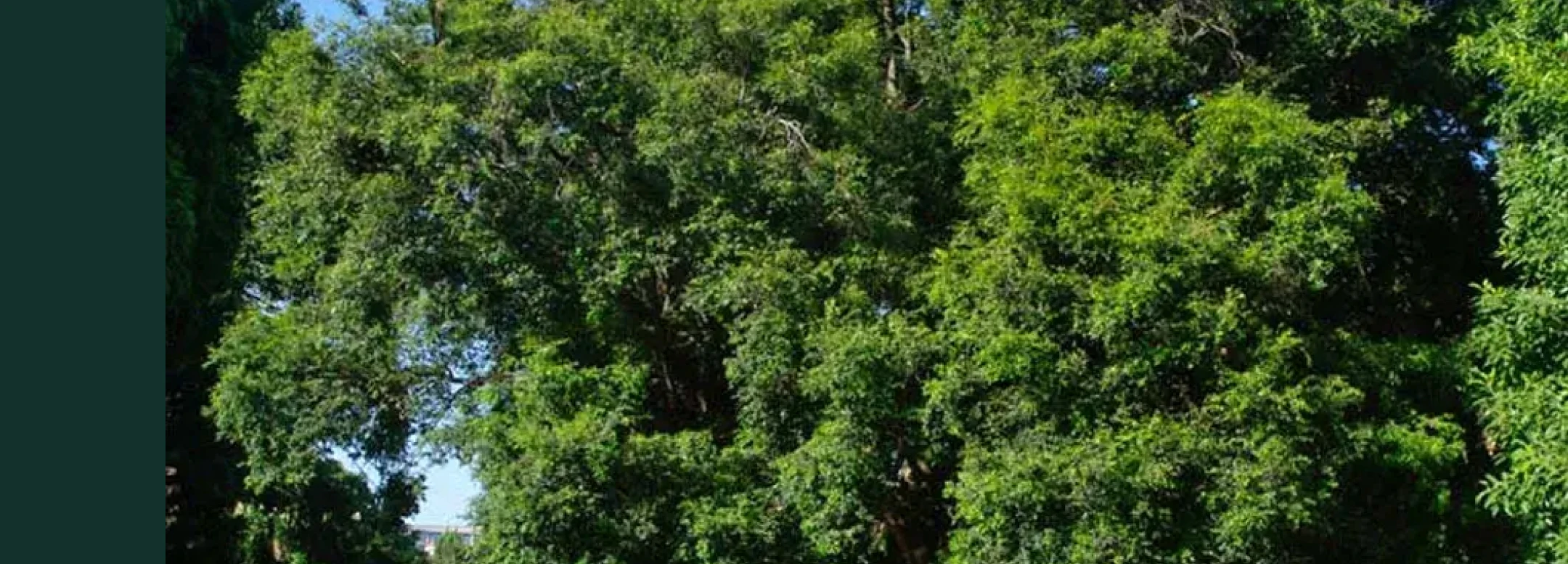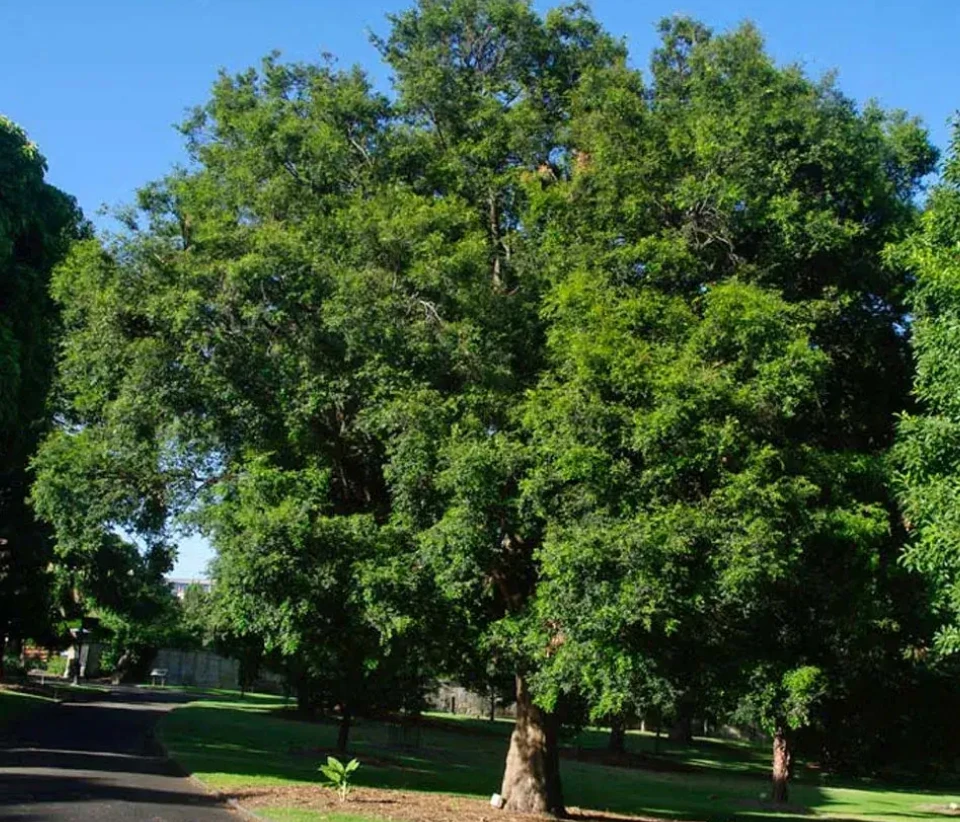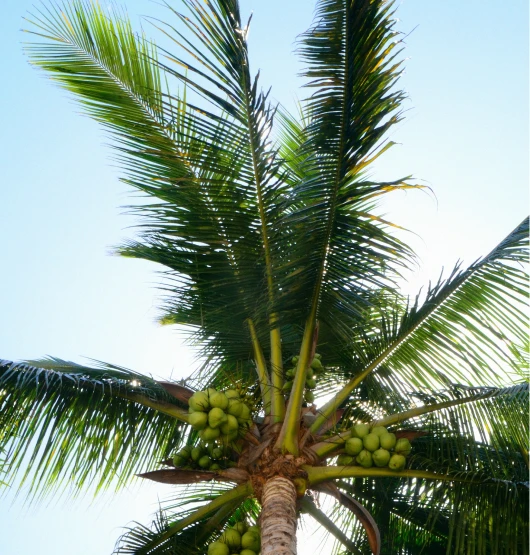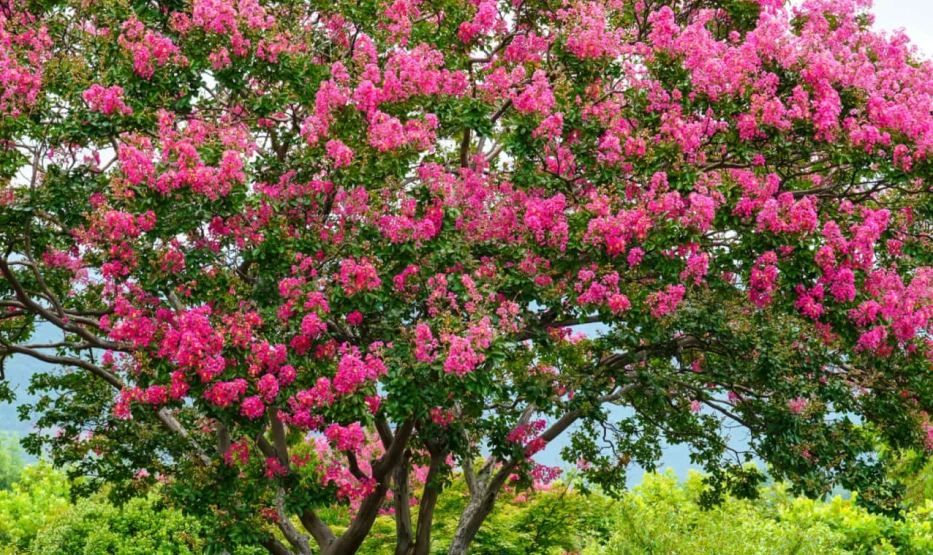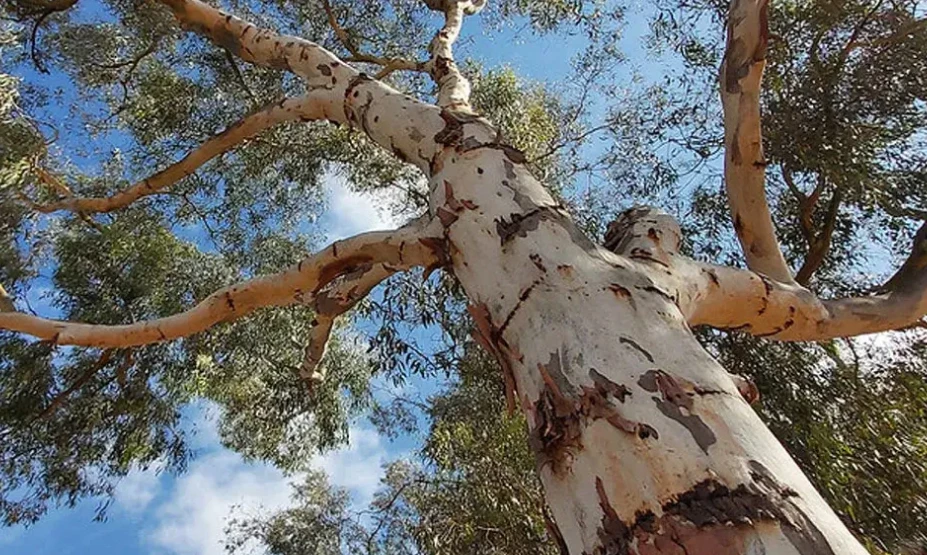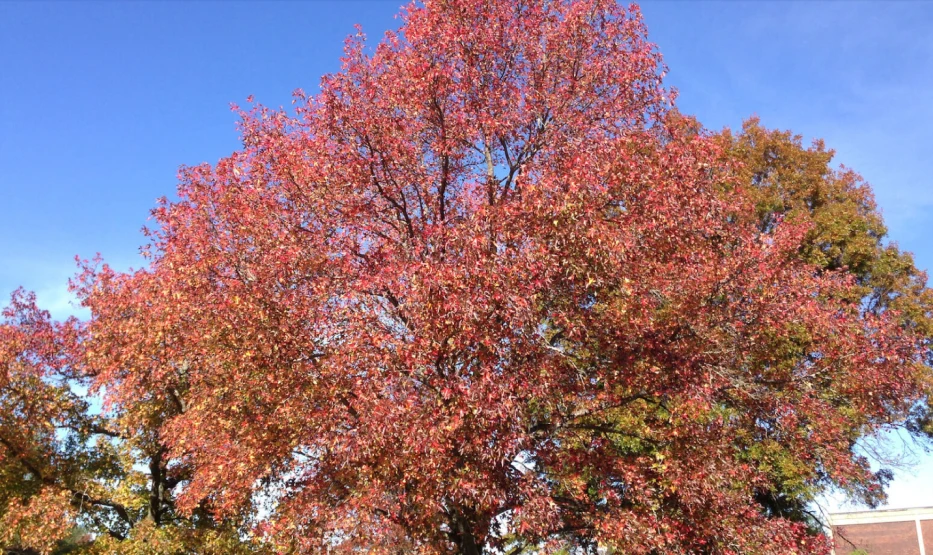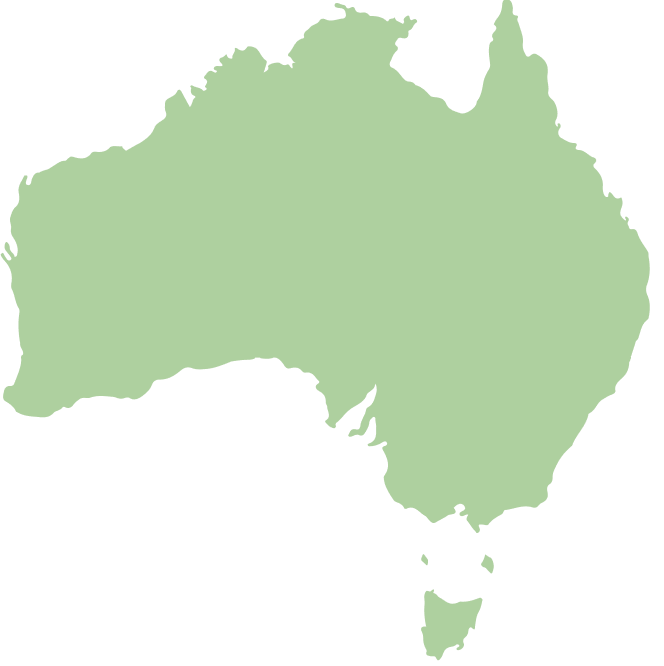The Lilly Pilly has a scientific name of Syzygium smithii and it belongs to the Myrtaceae family of plants. What makes this group of small trees interesting is that its name “Lilly Pilly” is shared by several other plants. Adding to the confusion is the fact that the Lilly Pilly and its varieties keep getting reclassified. As a plant owner, you don’t have to delve too much into the names and classifications of Lily Pilly plants as their care is almost similar per variety.
There are about 60 varieties of Lilly Pilly that can be found in Australia. Nonetheless, they all have similar characteristics thus similar levels of care. The most common varieties of Lilly Pilly are the following:
- Scrub Cherry or Brush Cherry
- Aussie Boomer Lilly Pilly
- Baby Boomer Lilly Pilly
- Aussie Copper Lilly Pilly
- Small Leaf Lilly Pilly
- Weeping Lilly Pilly
- Northern form Lilly Pilly
- Glossy Lilly Pilly
- Bush Christmas Lilly Pilly
- Compact Lilly Pilly
- Dwarf Magenta Cherry (Red and Green)
The Lilly Pilly variations that are native to Australia are noted to be very hardy plants. They can survive in warm regions as well as in sheltered, moist areas.
These plants prefer fertile soil but can be naturally found in different soil compositions. They can live in sandy, coastal soil and thrive in rainforests. Just be aware though that they can be stressed if the soil becomes too dry.
Non-hybrid varieties of Lilly Pilly produce edible fruits. The fruits, as well as the flowers, may vary in appearance and even in taste.
The common characteristic they have is they all have high acidic content. Don’t be surprised if you see preserved candies made from Lily Pilly fruits. They surprisingly taste good too!
